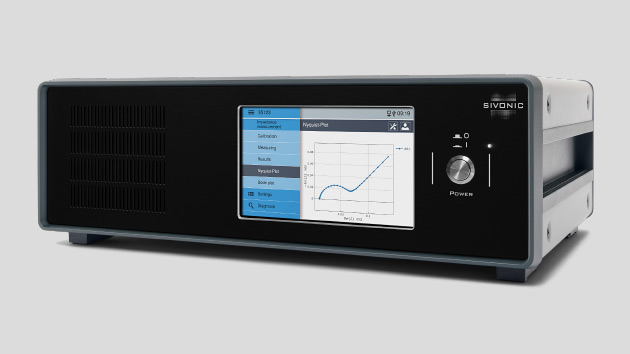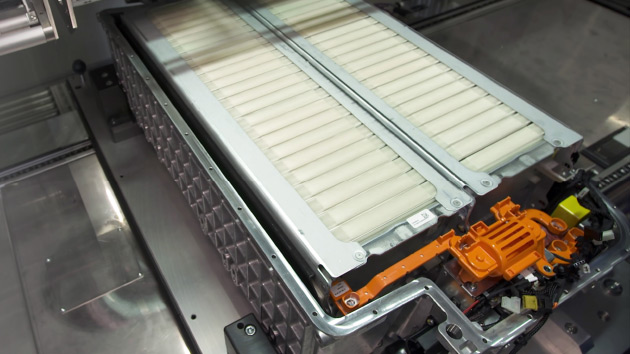Electrochemical impedance spectroscopy (EIS) is a state-of-the-art method that enables comprehensive analysis of the electrical and electrochemical properties of batteries. This method is extremely versatile and enables not only battery cells, but also their individual components such as catalysts and electrolytes to be examined and evaluated in detail.
The precise application of electrochemical impedance spectroscopy makes it possible to identify various effects that can be caused by material layers, charge transfer, diffusion effects or the conductivity of the electrolyte, for example.
A significant advantage of this method is its ability to analyze both individual cells and modules with several cells as well as the entire battery pack during operation under different conditions. Different operating conditions, load conditions and current loads can be simulated, enabling a precise assessment of battery performance.
In current practice, battery test specimens already have extremely low impedances. However, the electrochemical impedances decrease continuously as the active area of the battery cells increases and the associated increase in capacity, as the electrochemical impedance is inversely proportional to the active area.
The EIS process involves exciting the battery with a sinusoidal modulation current of up to ±50A. The resulting voltage is measured over a wide frequency range, taking into account both amplitude and phase to enable precise analysis.
The electrochemical impedance spectrum of a battery is significantly influenced by the state of charge (SOC) in addition to the electrochemical composition and the design. It therefore provides crucial insights into the current state of the battery and enables a targeted assessment and diagnosis of operating states.
The EU has highlighted the importance of electrochemical impedances in its Battery Regulation (EU) 2023/1542.




![Fuel Cell [Translate to Englisch:]](/fileadmin/_processed_/e/2/csm_img_Vorschau_Applikationen_Brennstoffzellen_5c9d48bd57.jpg)
![Electrolysis [Translate to Englisch:]](/fileadmin/_processed_/c/5/csm_img_Vorschau_Applikationen_Elektrolyse_010bb10ebc.jpg)
![Corrosion [Translate to Englisch:]](/fileadmin/_processed_/b/0/csm_img_Vorschau_Applikationen_Korrosion_1a39355e33.jpg)
